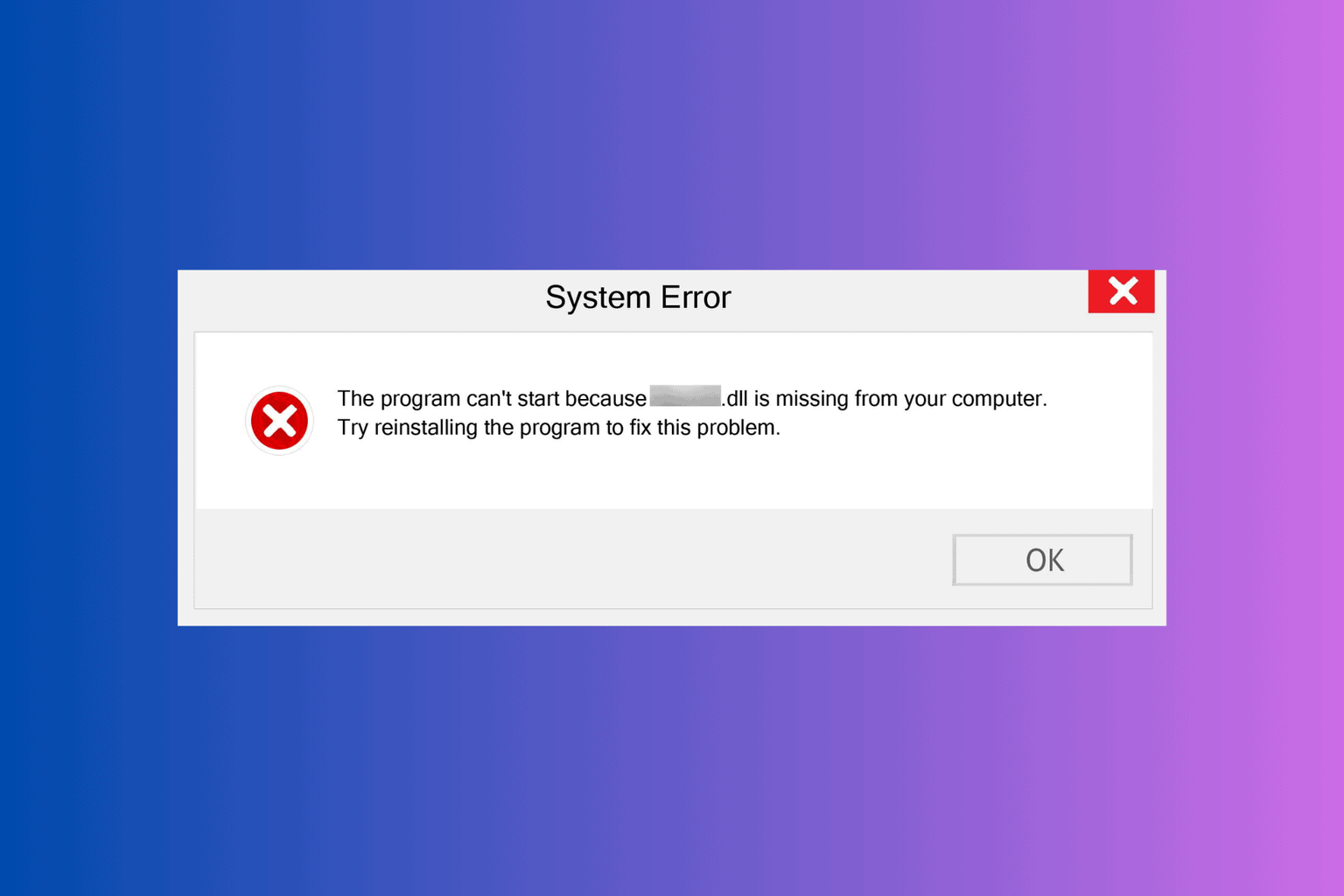Microsoft wants to make it easier for organizations to better support accessibility initiatives
2 min. read
Published on
Read our disclosure page to find out how can you help Windows Report sustain the editorial team. Read more
Microsoft continues to make strides in bringing its initiatives in accessibility to the forefront for customers using its various software services.
Just last week during Microsoft’s Ignite conference, the company announced and showcased several solutions that took aim at empowering IT professionals to push accessibility options to help change how their clients and employees interact with the software around them.
Without having to re-watch the entire weeks’ worth of Office announcements to hand pick the accessibility features or references, the Office team collected the high points and gathered them into a neatly accessible (pun intended) blog post.
For those interested, here are the accessibility highlights from Ignite 2016:
- Accessibility checkers that will become available in the Review tab in several more Office applications for PCs, Macs, and the web.
- Link galleries that will become available in several Office applications for PCs and make it easy to insert hyperlinks with meaningful display text.
- Automated suggestions for alternative text that will appear when recognizable images are inserted in several Office applications on PCs.
Additionally, here is a list of sessions and recordings specific to addressing accessibility in the workplace and what Office 365 is doing to help IT professionals succeed at implementing strategies and services.
Panel discussion on technology strategy for an inclusive workplace—This session discusses strategies being adopted by organizations to boost accessibility programmatically. Strategies include ensuring executive leadership, showcasing human impact and forging deep partnerships with vendors.
Overview of Office 365 accessibility: plans and progress—This session introduces enhancements on the Office 365 Roadmap that can result in improved productivity experiences for people with dyslexia, people who use assistive technologies such as screen readers or speech input tools to interact with digital information and people who customize their devices using ease of access settings.
Deep-dive on SharePoint Online accessibility—This session covers best practices followed by the SharePoint team to help organizations make intranet sites more inclusive for people with disabilities. Best practices include enhancing accessibility first for the most used features, testing usability with focus groups, including accessibility from day one for new apps and continuously improving based on customer feedback.
To view the extent to which Microsoft is committed to Accessibility, visit its Office Blogs for more information, videos, demos, and software.








User forum
0 messages